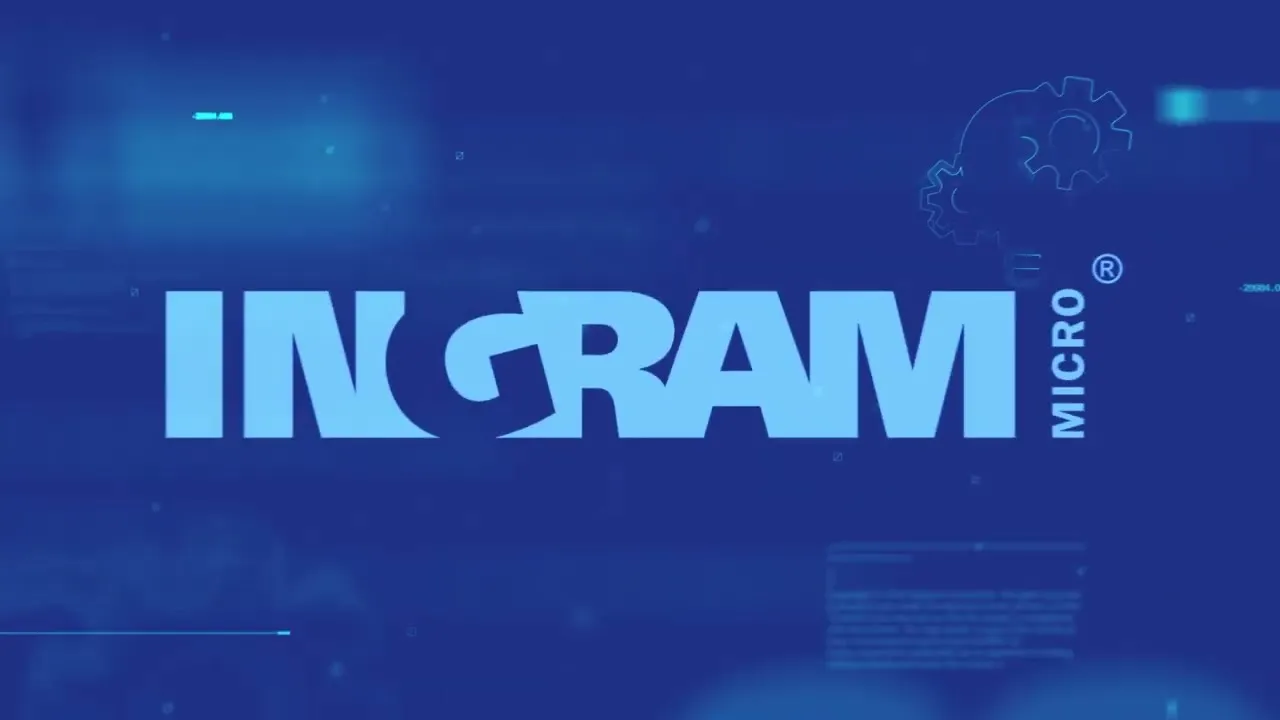A mobile database uses wireless technology to enable mobile devices to connect to its system. The database consists of a client and server, which connect to each other through a wireless network. Due to the vulnerability of wireless network signals, a cache of activity is kept active to ensure that sensitive information can be recovered.

A mobile database is used to provide remote access to information that authorized users may need to retrieve at any time.
Mobile Databases Today
The use of laptops, mobile phones, and PDAs (Personal Digital Assistants) is increasing and is likely to continue growing in the future with a rising number of applications on mobile systems.
It’s evident that a large percentage of applications will require the use of some type of database with the ability to download information from an information repository and act on it even when offline.
A mobile database is a database that can be installed on a mobile computing device through a wireless network. The client and server have wireless connections, and the cache is maintained to store frequently accessed data and transactions so they aren’t lost due to a connection failure. A database is a structured way to organize information, which could include a contact list, pricing information, or travel distance.
Evolution
Initially, wireless applications for mobile devices were entirely disconnected programs from companies or computing systems in real time. These applications were generally limited to Palm Pilots used for address books, schedules, etc. This small database was adequate at that time, but as technology advances, people need more.
Wireless networks have emerged, but there is the challenge of device availability and WAP (Wireless Application Protocol) phones, which are limited in memory and screen size for displaying information. Also, entering information into these mobile devices can be quite challenging due to their size. Nonetheless, the technology is excellent, and the ability to connect to the World Wide Web from almost any location at any time is one of the greatest advantages in the information age.
With wireless Internet, it’s no longer necessary to be physically in front of computers or inside companies to connect to applications or databases. With the portability of wireless technology, we can connect to the Internet or the company’s intranet to access stored data.
These data are structured and organized into entities and objects available to users as information. The greatest advantage is that information is provided to the user at the moment it’s requested.
How does it work?
Mobile computing or the cloud generally consists of three components. Within a wireless network, a mobile database will have one or more base stations. These stations are responsible for controlling the communication signals that need to be transmitted from one host to another. A base station receives and sends information and often comes in the form of some type of wireless router.
Hosts are responsible for handling the actual transactions that occur within a mobile database. They are sometimes referred to as “fixed” since hosts usually don’t change location within the network. To process database requests, hosts use servers or software applications to access the required data.
A third factor in mobile databases is the mobile unit. These are laptops, phones, and other devices that request information from the database. Instead of communicating directly with the server, mobile units send their requests through the base stations.
One of the main benefits of a mobile database is that you, as a user, can access the required information from various locations and with a variety of devices. However, this also makes the information contained in its cache somewhat vulnerable.
For example, an authorized user might be able to access information from their computer and then check the same information later from a different location using a smartphone.
What is Its Structure?
All mobile databases have a similar architecture, where we must distinguish a series of main elements characteristic of this type of system:
- Corporate Database Server and DBMS that manage and store corporate data and provide corporate applications. This corresponds to the DBMS and the server used in the organization.
- Remote Database and DBMS that manage and store mobile data. These are the databases that must be implemented on mobile devices.
- Mobile Database Platform, which could be a laptop, PDA, or other internet-accessible device, meaning the mobile devices in question.
- Two-Way Communication Links between the corporate DBMS and the mobile DBMS. These could be wireless networks of different types, satellite communications, etc.
Why Use Mobile Agents?
Using mobile agents helps address various issues, such as the loss of bandwidth that occurs during the client-server process. Given a transaction, the agent will travel through the network, keeping the data intact in response to a stop, improving information traffic flow.
In a system with many clients or a high volume of transactions—or both—it's likely that available bandwidth may be exceeded. This is where mobile agents come into play to solve this problem.
Mobile agent technology eliminates information traffic congestion. Agents in a system can communicate with each other. Among the advantages of mobile agents are:
- Client adaptation.
- Reduces network traffic.
- Manages large volumes of information.
- Allows real-time communication.
What is Wireless Technology?
The evolution of this technology began around 1996, when small "smart" computing devices, such as Palms or Pocket PCs, were developed. Then, in 1997, wireless connectivity for devices emerged using WAP (Wireless Application Protocol).
WAP, or Wireless Application Protocol, is an open international standard for applications using wireless communication, such as Internet access from a mobile phone.
It involves the specification of an application environment and a set of communication protocols to standardize how wireless devices can be used to access email, databases, newsgroups, and more.
The organization originally responsible for developing the WAP standard was the WAP Forum, founded by four companies in the mobile communications sector: Sony-Ericsson, Nokia, Motorola, and Openwave (formerly Unwired Planet). Since 2002, the WAP Forum has been part of the Open Mobile Alliance (OMA), a consortium responsible for defining various standards related to mobile communications, including WAP standards.
What Types of Wireless Networks Exist?
Different types of wireless networks include:
- Cellular: High cost, limited bandwidth, good coverage.
- Wireless LAN (Local Area Network): Low cost, limited coverage range, good bandwidth (54 Mbps).
- Satellite: Wide coverage, very costly, high downstream bandwidth, low upstream bandwidth.
- Ad Hoc Networks: Direct communication between mobile devices (Bluetooth).
What Types of Mobile Devices Are There?
The devices used to connect are:
- PDA (Personal Digital Assistant): Initially used as a unit to store personal schedules, an address book, a calculator, perhaps a simple currency converter, and usually a map with time zones. Later, these devices evolved into Palms with PC synchronization, more memory with expansion capacity, and additional features like email, games, etc.
- Palm: Opened its operating system, allowing developers to create specific programs for this device. New units have color screens, modems, wireless synchronization capability, and Internet connectivity, among other features.
- Pocket PCs: Devices with the Windows CE operating system, initially based on Windows 3.1, Lynx primarily manages communication between hardware and the applications running on it. It's a highly modular OS and can be run on a wide range of platforms and applications. These devices are truly small computers.
- Cell Phone with Internet Connection: This device has a built-in WAP (Wireless Access Protocol) browser, which can be obtained directly from cellular phone companies.





